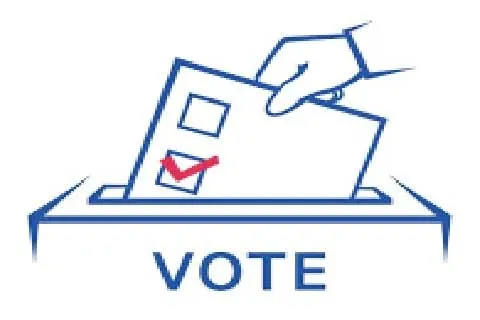In the realm of democracy, the representation of women in political processes stands as a crucial indicator of societal progress towards gender equality. However, despite concerted efforts to enhance women’s participation in elections, the ongoing 2024 Lok Sabha elections in Jammu and Kashmir reveal a glaring gender gap in political representation.
With only eight out of 148 parliamentary candidates who filled nominations being women, constituting less than 6% of the total, this disparity raises pertinent questions about the state of women’s inclusion in the political landscape.
J&K, comprising five parliamentary constituencies – Anantnag:Rajouri, Srinagar, Baramulla, Udhampur, and Jammu – reflects a disheartening reality wherein women remain significantly underrepresented in the electoral arena. While the voting percentage of women in J&K is nearly equal to that of men, accounting for 49% of the total electorate, the dearth of female candidates is striking. This incongruity underscores a systemic issue that transcends mere voter turnout and delves into the structural barriers hindering women’s candidature.
One of the primary concerns lies in the failure of major political parties to nominate women candidates in J&K, except for the nomination of former CM Mehbooba Mufti by her own party PDP (Peoples Democratic Party). Despite the Indian government’s purported commitment to fostering women’s political empowerment, the absence of female nominees from mainstream parties highlights a disconcerting trend.
The sidelining of women candidates not only reflects a disregard for gender inclusivity but also perpetuates entrenched patriarchal norms within political establishments. Several factors contribute to the dismal representation of women in the ongoing Lok Sabha elections in J&K.
First and foremost is the prevalence of deeply entrenched patriarchal attitudes that undermine women’s agency in political spheres. Societal expectations and cultural norms often dissuade women from actively participating in politics, relegating them to peripheral roles within party structures.
Furthermore, structural barriers such as lack of access to resources, limited educational opportunities, and entrenched gender biases within political parties pose formidable challenges for aspiring women candidates. The absence of robust affirmative action policies and institutional mechanisms to promote women’s candidacy exacerbates these challenges, perpetuating a vicious cycle of underrepresentation.
Addressing the gender gap in political representation necessitates multifaceted interventions aimed at dismantling systemic barriers and fostering an inclusive political culture. Firstly, political parties must demonstrate a genuine commitment to gender parity by adopting proactive measures to encourage women’s participation in candidate selection processes.
This entails implementing quota systems, providing training and mentorship programs for aspiring female leaders, and fostering a conducive environment that values diversity and inclusivity. Moreover, grassroots initiatives aimed at enhancing women’s political literacy and leadership skills are imperative for nurturing a pipeline of women leaders.
Empowering women at the grassroots level through capacity-building programs, civic education, and community mobilization efforts can amplify their voices and catalyze meaningful change in political representation.
Additionally, there is a pressing need for legislative reforms to address structural inequalities and enhance women’s access to political decision-making processes. Enacting legislation mandating a minimum threshold for women’s representation in elected bodies and instituting electoral reforms that promote gender-sensitive practices can serve as pivotal steps towards achieving substantive gender equality in politics.
One of the reasons behind the gender disparity in J&K could be educational backwardness. While the population ratio in J&K shows a relatively small gap between males (53.94%) and females (46.89%), there is a significant disparity in literacy rates, with male literacy at 78.26% and female literacy at 58.01%. This gap, particularly pronounced between urban and rural areas, where the urban literacy rate is 68.75% and the rural literacy rate is 53.61%, highlights a lack of awareness and access to political processes, especially among women in rural areas.
In response to such challenges, the Indian Parliament passed the Women Reservation Bill 2023 on September 21, 2023, to provide 33% political reservation to women in Lok Sabha and assemblies in India. However, the implementation of this bill is still pending. It remains to be seen how this bill will challenge local, regional, and national parties in J&K to adjust women political workers in their own party system. Additionally, it raises questions about how women will seize this opportunity to align themselves with regional political processes.
In conclusion, the sparse representation of women in the ongoing Lok Sabha elections in Jammu and Kashmir underscores the urgent need for concerted action to bridge the gender gap in political participation. While the challenges are formidable, they are not insurmountable.
By addressing entrenched patriarchal attitudes, implementing affirmative action measures, and fostering a supportive ecosystem for women’s political engagement, we can pave the way for a more inclusive and representative democracy in JK UT and beyond.
BY Owais Ismaeil and Dr. Firdous Ahmad Malik
Owais Ismaeil, Doctoral Fellow, Centre of Advanced Study, Department of History, University of Delhi.
Dr. Firdous Ahmad Malik Assistant Professor of Economics, Department of Management.
University of People, Pasadena, California, United States.






